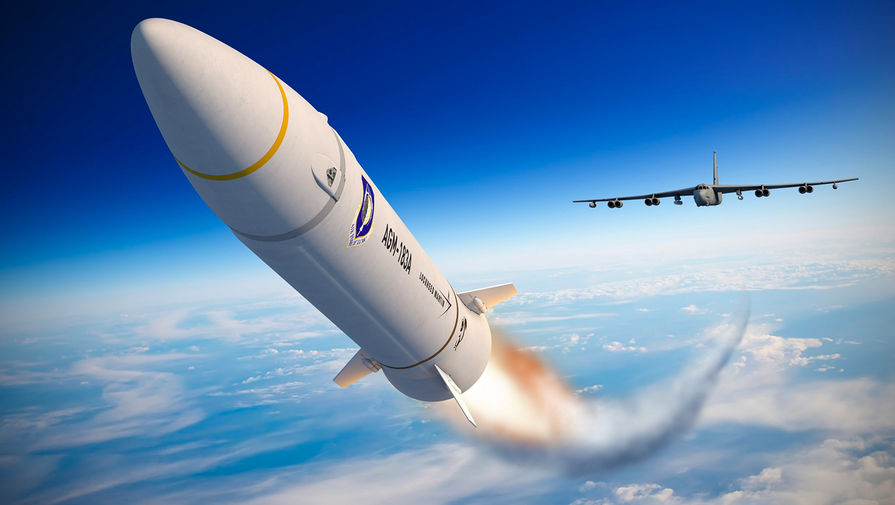
RBS - new generation missiles on the horizon
RBS is a new generation of missiles on the horizon.
March 31 this year. Saab AB has announced that it has received an order from the Swedish Armed Forces Logistics Administration (Försvarets materialverk, FMV) to develop a new generation of anti-ship missiles. The value of the contract, which also includes the lifetime service of the various versions of the RBS15 currently in use by the Swedish Armed Forces, is 3,2 billion SEK. Following him, on April 28, FMV signed a contract with Saab for the serial production of these missiles for another 500 million SEK. They must have been supplied from the mid-20s.
The new system is expected to be in service by the mid-20s. FMV has not yet decided how it will be marked. The terms NGS from Ny försvarsmaktsgemensam sjömalsrobot (general anti-ship missile), RBS15F ER (aviation version designed for Gripen E fighters) are temporarily used, while the ship version (for Visby corvettes) is called RBS15 Mk3+, but the use of the names RBS15 Mk4 (RBS) cannot be ruled out. is a Swedish abbreviation for robotic system). It is important, however, that their design will use the experience gained in the development and operation of anti-ship missiles with the ability to destroy ground targets RBS15 Mk3, produced jointly by Saab and the German company Diehl BGT Defense GmbH & Ko KG. for export. So far, for obvious reasons, knowledge about the new generation of weapons is limited, but we will try to explain the main directions for the further development of this proven design.
From Mk3 to NGS
The RBS15 Mk3 currently offered by Saab is part of the latest generation of surface-to-surface missile systems. These missiles can be launched from surface and coastal platforms and hit sea and land targets in all hydrometeorological conditions. Their design and equipment allow flexible and efficient use in any scenario - both in open waters and in coastal areas with difficult radar conditions, as well as to destroy stationary ground targets with a known location. The most important advantages of the RBS15 Mk3 are:
- heavy warhead,
- large range,
- the possibility of flexible formation of the flight path,
- radar head capable of operating in any hydrometeorological conditions,
- high target discrimination,
- high penetration ability of air defense.
These features were achieved through consistent development based on solutions from earlier versions of missiles (Rb 15 M1, M2 and M3, then collectively referred to as Mk 1 and Mk 2) - the traditional design is preserved, but modified. . Aerodynamic changes have been made to improve maneuverability, the effective reflection surface of the projectile has been reduced due to the alteration of the bow and air intake for the main engine and the use of an electromagnetic radiation absorbing material in appropriate places, "intelligent" software that controls the operation of the projectile. a search head was used and the thermal footprint was reduced through the use of appropriate materials, as well as modified aerodynamics that prevent significant airframe heating.
Its design scheme in the developed version of the NGS will be similar, without revolutionary changes, although in the future adjustments will be made to the shape of some elements of the rocket. This approach of the manufacturer to stealth issues stems from the belief that each missile will be detected by modern means of technical surveillance of the defending ship, and the use of stealth technologies “at any cost” increases the cost of developing and manufacturing missiles without guaranteeing the desired effect. Therefore, it is more important to do this as late as possible, which - in addition to the aforementioned gliding procedures - should be facilitated by flying at the lowest possible altitude and at the highest possible speed, as well as the ability to maneuver and move along a programmed optimal trajectory.
